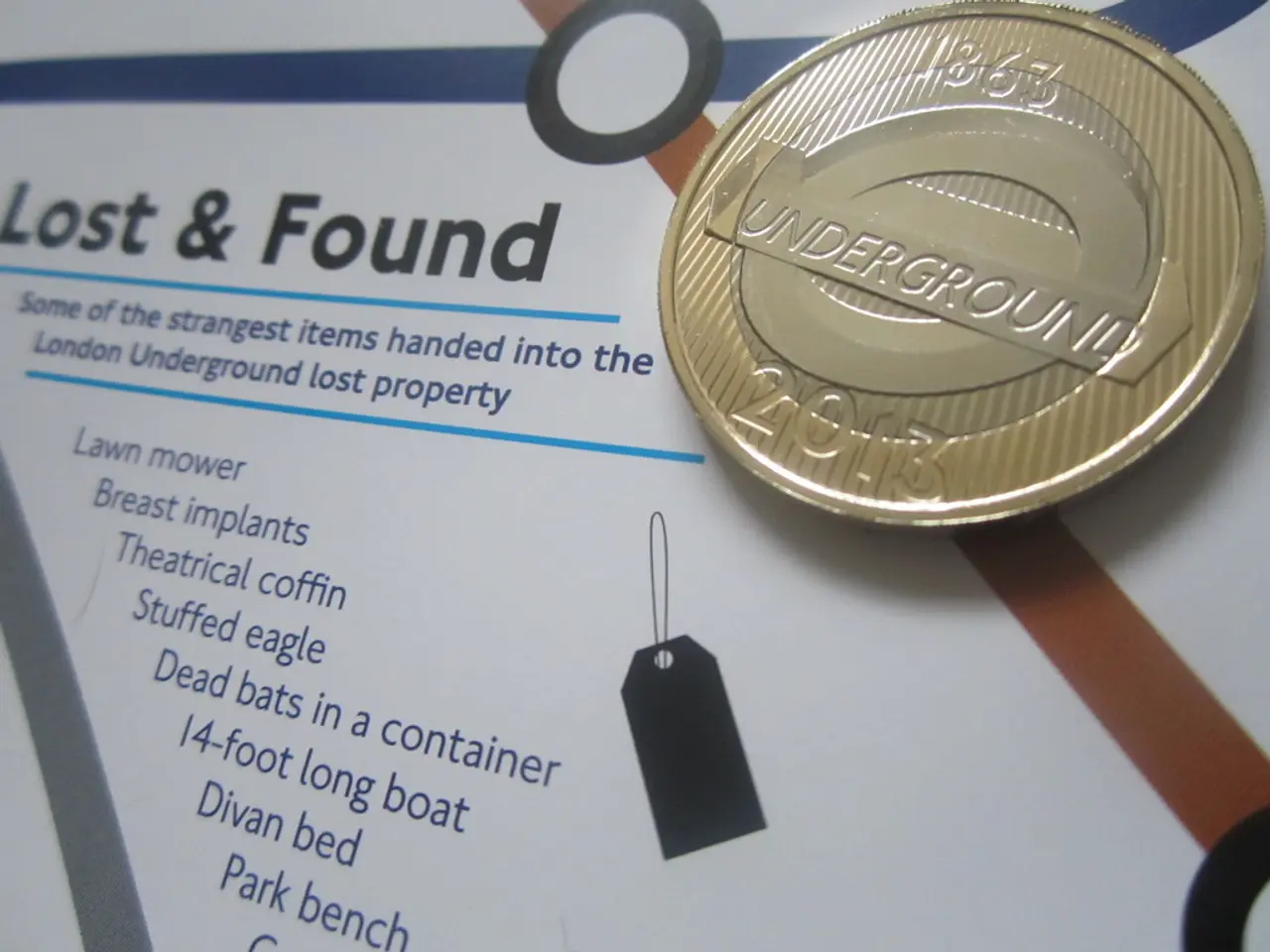Determining the Duration for Completing a Project: A Guide
In the realm of project management, accurate time estimation plays a crucial role in ensuring project success, efficient planning, and a positive reputation. Here's a step-by-step guide to help project managers estimate time effectively.
**1. Analyze Historical Data** By examining data from similar past projects, project managers can gain insights into activity durations, resource usage, and challenges faced. This analysis helps identify patterns, potential pitfalls, and realistic benchmarks, thereby increasing the accuracy of estimates.
**2. Create a Project Scope Document** A clear and comprehensive project scope document is essential. This document outlines the project's goals, deliverables, boundaries, and constraints, preventing scope creep and ensuring everyone involved understands the project's limits.
**3. Build a Task List (Work Breakdown Structure)** Breaking the project into manageable tasks and subtasks is crucial. This process, known as a Work Breakdown Structure (WBS), ensures no critical steps are overlooked and simplifies estimation.
**4. Forecast the Project Timeline** Estimating the duration of each task and creating an overall project schedule is the next step. Techniques like expert judgment, analogous estimation, or simulation methods can be used to predict durations, providing a realistic timeline for project completion.
**5. Study Project Estimation Techniques** Familiarising oneself with various methodologies can improve estimation accuracy. Techniques such as Critical Path Method (CPM), Program Evaluation and Review Technique (PERT), and Gantt charts can be applied to enhance the reliability of timelines.
**6. Account for Risk** Identifying and assessing risks that could impact the schedule is essential. Conducting a risk analysis helps reduce surprises and build in buffer time for uncertainties.
**7. Review the Entire Project** A final review with stakeholders and team members ensures all factors are considered and increases confidence in the timeline. Cross-checking estimates against the project scope, assumptions, and risks ensures the accuracy and completeness of the estimates.
Project management software like Hubstaff Tasks can aid in creating tasks, assigning team members, building checklists, and setting deadlines. This software can help project managers and team leaders quickly see how everything within the project fits together. Project managers can even get a free account of Hubstaff Tasks with no credit card required.
Every company wants to determine if a project is worth the investment before committing resources. Accurate time estimation helps in making informed decisions. By reviewing the entire project and creating a realistic estimate, project managers can add up all the hours to get a time estimate for the project. Be sure to include internal and external tasks, project tasks, revisions, and contingency hours.
Adding cushion to the initial estimate helps prepare for unexpected or unplanned events throughout the project. Real-time task and project updates provided by project management software can help project managers manage time more efficiently.
Accurate time estimation benefits the entire team, including project managers, team members, stakeholders, and customers. It ensures projects are completed on time, within budget, and to the satisfaction of all parties involved.
Hubstaff Tasks, a project management software, can help create tasks, assign team members, and set deadlines for easier estimation and scheduling. With an accurate time estimate, businesses can make informed decisions about investing in projects. To ensure time estimates are realistic, consider adding cushion for unplanned events and include internal and external tasks, revisions, and contingency hours in the calculation. By tracking time with Hubstaff, project managers can manage their time more efficiently and ensure projects are completed to satisfaction. Regular updates from the software allow for real-time tracking and adjustments in the project timeline.




